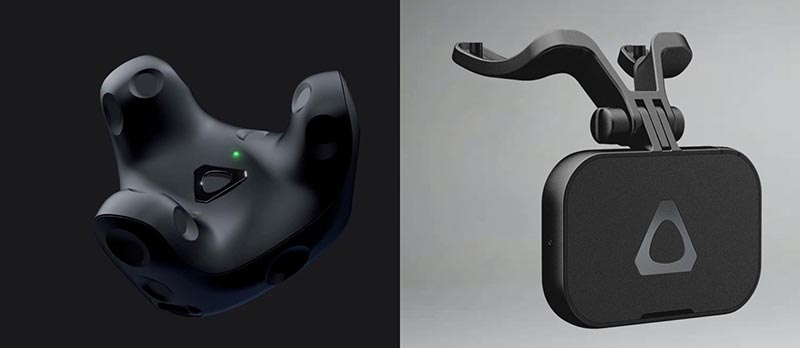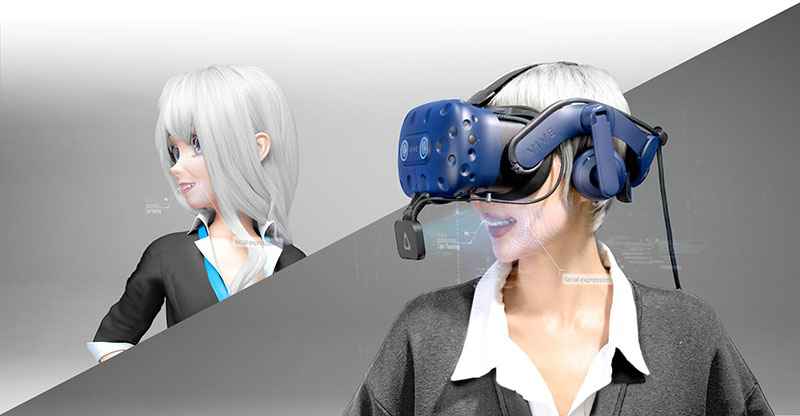New Trackers Move HTC VIVE Forward

The HTC VIVE line of VR headsets has earned a reputation among critics, tech-heads, and laymen alike for ease-of-use, technical excellence, and a commitment to pushing VR forward. With that in mind – and the clear success of the company’s initial efforts in the user-tracking arena – the unveiling of HTC’s upgraded VIVE Tracker 3.0 shouldn’t surprise many who keep tabs on the developing VR world.
Making Us Move

HTC’s latest trackers, the HTC VIVE Tracker 3.0 and HTC VIVE Facial Tracker aim to push the physical means of interacting with VR to the next level. Tracker 3.0 sees improvements to battery life, weight, and size and can manage seven hours of use of a single charge. Seeing plenty of enterprise and personal use, the original and second editions VIVE Tracker were adopted by many as the standard such device for VR. This third iteration brings even more accessibility and functionality to everything from sports simulations to firefighter training to motion capture animation.
A Brand New Face

HTC VIVE Facial Tracker is a brand new product designed to bring more human modes of interaction to VR. Capturing facial expressions, mouth shapes and motion, and reading emotions and temperaments, Facial Tracker offers users far more immersion and customization than the simpler body-mounted motion trackers. With near-zero latency, users can add their own human personality to a VR or AR app or environment with ease. The potential for such a face tracker is enormous. With direct user-to-user communication in photorealistic VR inching closer, zero-latency tracking of expressions and oral language are paramount concerns.
Already available in the UK via HTC Vive website, both the HTC VIVE Facial Tracker and HTC VIVE Tracker 3.0 are priced at £129.00 (approx. $178 USD) and present the strongest tools for advanced consumer and enterprise tracking yet.
